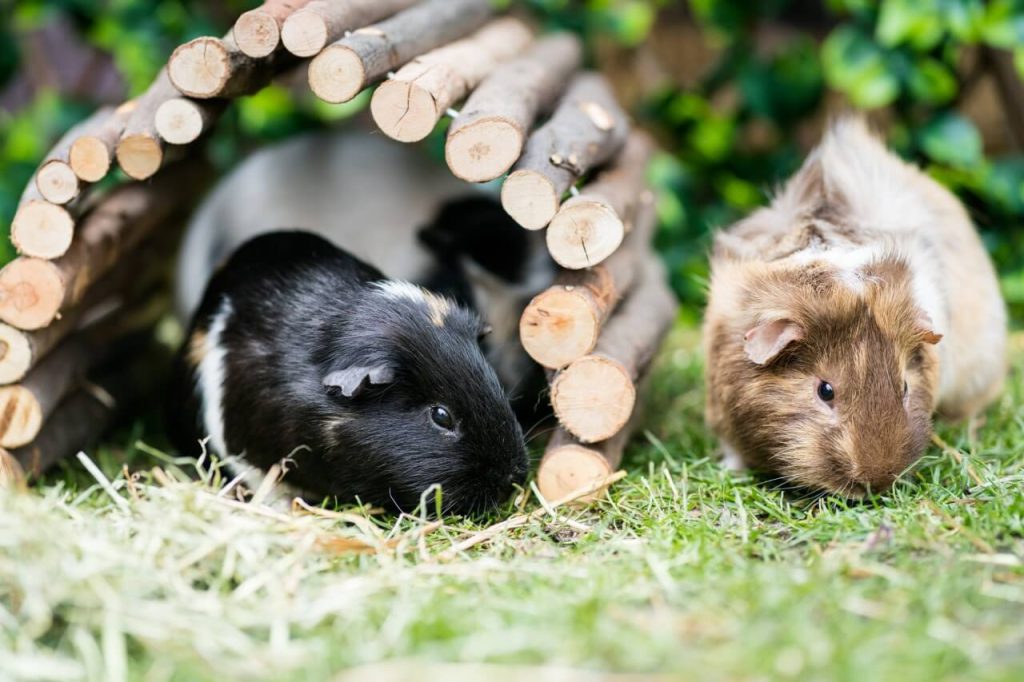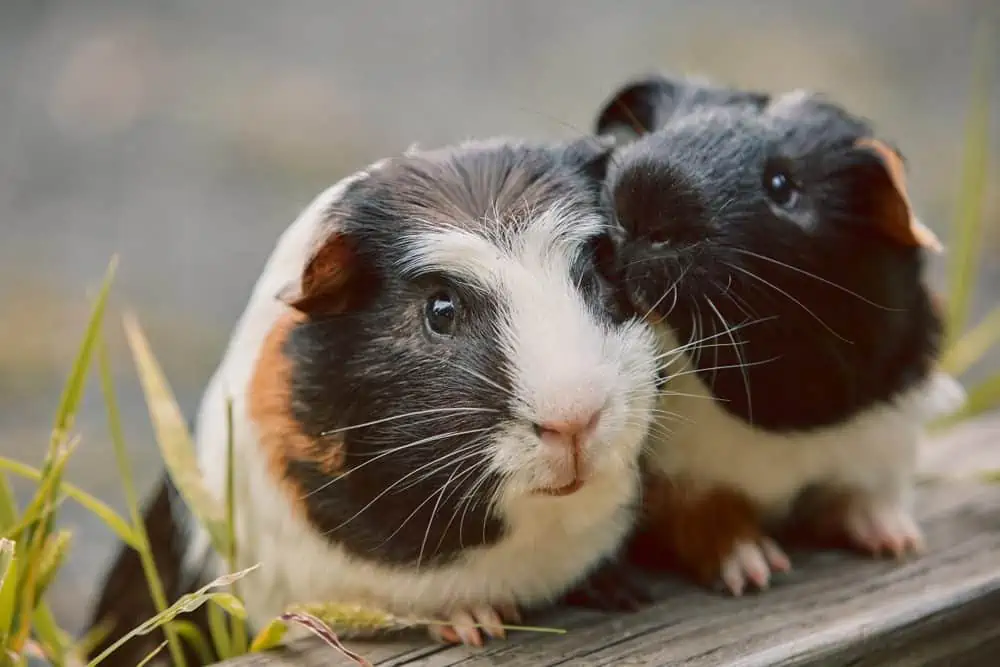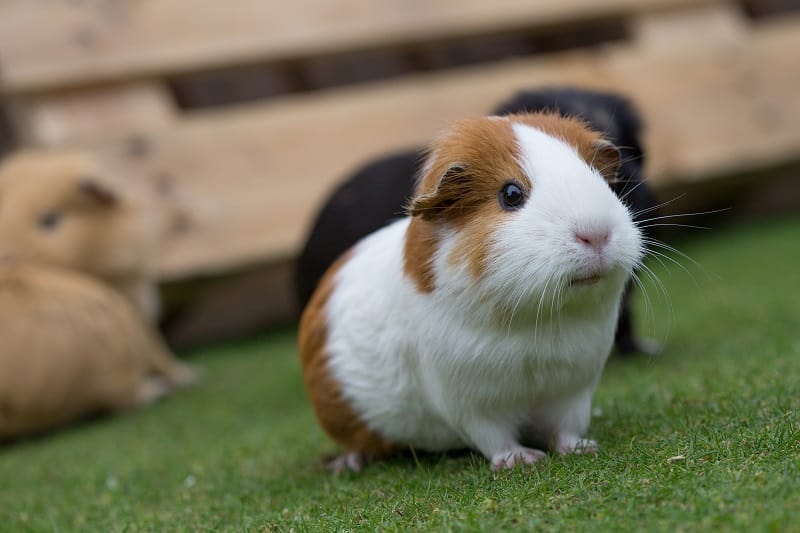Hamster pregnancy and birth can be an exciting time for pet owners. However, it’s important to have a thorough understanding of what to expect during this process to ensure a safe and healthy pregnancy and birth for your hamster. In this article, we will discuss the pregnancy and birth process for hamsters, including signs of pregnancy, gestation, and care for newborn hamsters.

- Signs of Pregnancy
The first sign of pregnancy in a hamster is usually a noticeable increase in weight. This can occur as early as one week after mating. As the pregnancy progresses, the hamster’s belly will become more swollen and rounded.
Other signs of pregnancy in hamsters may include a decrease in activity or appetite, nesting behavior, and aggression towards other hamsters. It’s important to provide the pregnant hamster with a comfortable and stress-free environment during this time, including a suitable nesting area and plenty of fresh food and water.
- Gestation
The gestation period for hamsters is typically around 16 to 18 days. During this time, it’s important to continue to provide the pregnant hamster with a comfortable and stress-free environment. This includes a suitable nesting area, such as a small cardboard box filled with shredded paper or other nesting materials.
It’s important to avoid disturbing the pregnant hamster as much as possible during the gestation period. This can cause stress for the hamster and may lead to complications during birth.

- Birth
Hamster birth is typically a quick and uncomplicated process. The pregnant hamster will typically begin to show signs of labor, including restlessness, nesting behavior, and increased vocalization. This may occur up to a day before the actual birth.
During birth, the hamster will typically give birth to one to six pups. The newborns are born blind, hairless, and unable to regulate their body temperature. The mother hamster will typically clean the newborns and begin to nurse them immediately after birth.
It’s important to avoid disturbing the mother hamster and newborns during this time. This can cause stress for the mother hamster and may cause her to neglect or abandon her newborns.
- Care for Newborn Hamsters
Newborn hamsters require a warm and safe environment to ensure their health and survival. This includes a small nest box filled with soft bedding materials, such as shredded paper or straw. It’s important to ensure that the nest box is warm and draft-free, as newborn hamsters are unable to regulate their body temperature.
The mother hamster will typically continue to care for and nurse her newborns for the first few weeks after birth. It’s important to provide the mother hamster with plenty of fresh food and water during this time to ensure that she is able to produce enough milk for her newborns.
It’s important to avoid disturbing the mother and newborns as much as possible during the first few days after birth. This can cause stress for the mother hamster and may cause her to neglect or abandon her newborns.

Hamster pregnancy and birth can be a rewarding and exciting time for pet owners. However, it’s important to have a thorough understanding of what to expect during this process to ensure a safe and healthy pregnancy and birth for your hamster. By providing a comfortable and stress-free environment during gestation and birth, and ensuring that the newborn hamsters are warm and well-nourished, you can help ensure the health and survival of your hamster family.